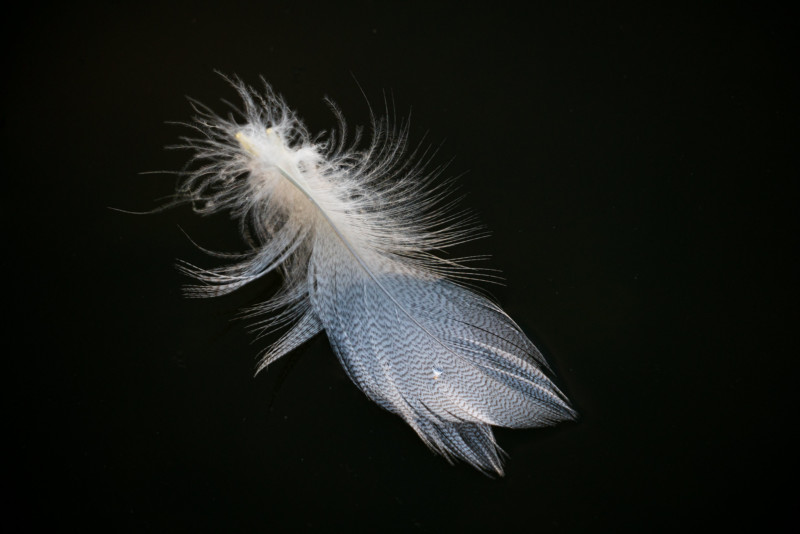![]()
Digital rights ownership and control are at the heart of a losing battle that photographers have been fighting for decades. One of the interesting, but overlooked, offshoots of the NFT craze is a technical one: the capability that underscores the value of an NFT is the ability to sign and authenticate it.
What was accelerated by the convenience of lazy discovery by Google Images and similar services has gradually blossomed into a digital ecosystem where only the most extreme and commercial creative theft is punished.
Instagram’s lifeblood is the creation and addition of new art. But, even when that art is uploaded by the original copyright owner, the technology facilitates a rapid subversion by aggregators, imposters, and predatory brands.
There are tools to remove or punish some of this infringement but it is designed to amplify and reward the bad or neutral actors while putting the onus on the creator. There’s an over 15-year-old implied acceptance that the technology isn’t out there to properly attribute and enforce copyright and that assumption provides safe harbor through inaction and laziness.
If you attempt to upload music or footage from a popular movie to any of the major social platforms, you’ll have that material flagged and restricted, demonetized, or removed almost immediately. It has been 13 years since Google introduced its automatic copyright detection. Facebook now actively runs its own, though it initially profited enormously from the cross-posted and stolen video as it grew initial adoption before being forced to activate a YouTube-like solution. Recent announcements further highlight just how advanced this technology has gotten: Youtube is now testing the automatic detection and listing of products seen in videos.

Yet, it remains fundamentally ok for these platforms to not only facilitate and enable re-posting, re-sharing, and intermittent attribution for photos — but to actively encourage and reward it. Platforms like Instagram, which sits on top of Facebook’s content matching platform, actively encourage photographers to create business accounts, to pay money to promote their photos and posts, and then actively undercut that.
Image theft or misuse on algorithmically-driven social platforms require an added consideration — time — when evaluating the validity of content protection tools. If 90% of views take place in the first 72 hours after content is posted, having mechanisms that force manual identification, and then take 48 hours or more at the absolute minimum to pull that content, rewards bad behavior and exploits content creators.
The fundamental mechanics of platforms like Instagram exploit and undermine photographers because photographers lack a unified voice with teeth like those that have secured rights for Musicians and Film Producers.
This creates situations where the original content creator posts an image. Let’s say that a given image accrues 500 engagements. In short order, aggregators that may or may not secure permission, repost the photo which can then draw tens of thousands of engagements. Meanwhile, those that just scrape the content go largely overlooked, and those that repost with attribution funnel perhaps 0.1% of those eyeballs to the content creator and owner.
It’s not that these aggregators and discovery platforms don’t fill an important and valuable need. It’s that the system is structured in a way that exploits and undermines the content creator. The technology is clearly there. The computing power is there.

What’s missing is the will from platforms like Instagram and others to automatically index and populate new content and then match that and flag it. And if the engineers at Instagram, Pinterest, Google, and others can’t figure out a way, tools like Pixsy are one acquisition away.
What’s needed is a clear hierarchy the respects and nurtures the creative. Ensure that upon upload, the original creator of the content is indexed. From there, enforce a strict attribution hierarchy that identifies and tracks reposting or re-uploading of the photo. Build-in attribution automatically in the same way it is handled for music on Youtube, for example. Then, and only then, provide the option for the photographer to allow various degrees of usage and resharing of the image.
NFTs and the blockchain have already highlighted one potential way to do part of this. The rest? It’s just a matter of turning the tools built over a decade ago for the music and film industries and finally bringing it to photography.
It’s not just a path to bringing creatives and end-users closer together again, it would seem to be the legal and right thing to do and nurture a more robust and unique user experience.
The opinions expressed in this article are solely those of the author.
About the author: Alex Berger is a travel and landscape photographer based in Copenhagen, Denmark and the inventor of the MistDefender Lens Cloth. You can find his work on VirtualWayfarer, Instagram, and Flickr.
Image credits: Header photo licensed via Depositphotos.
No comments:
Post a Comment